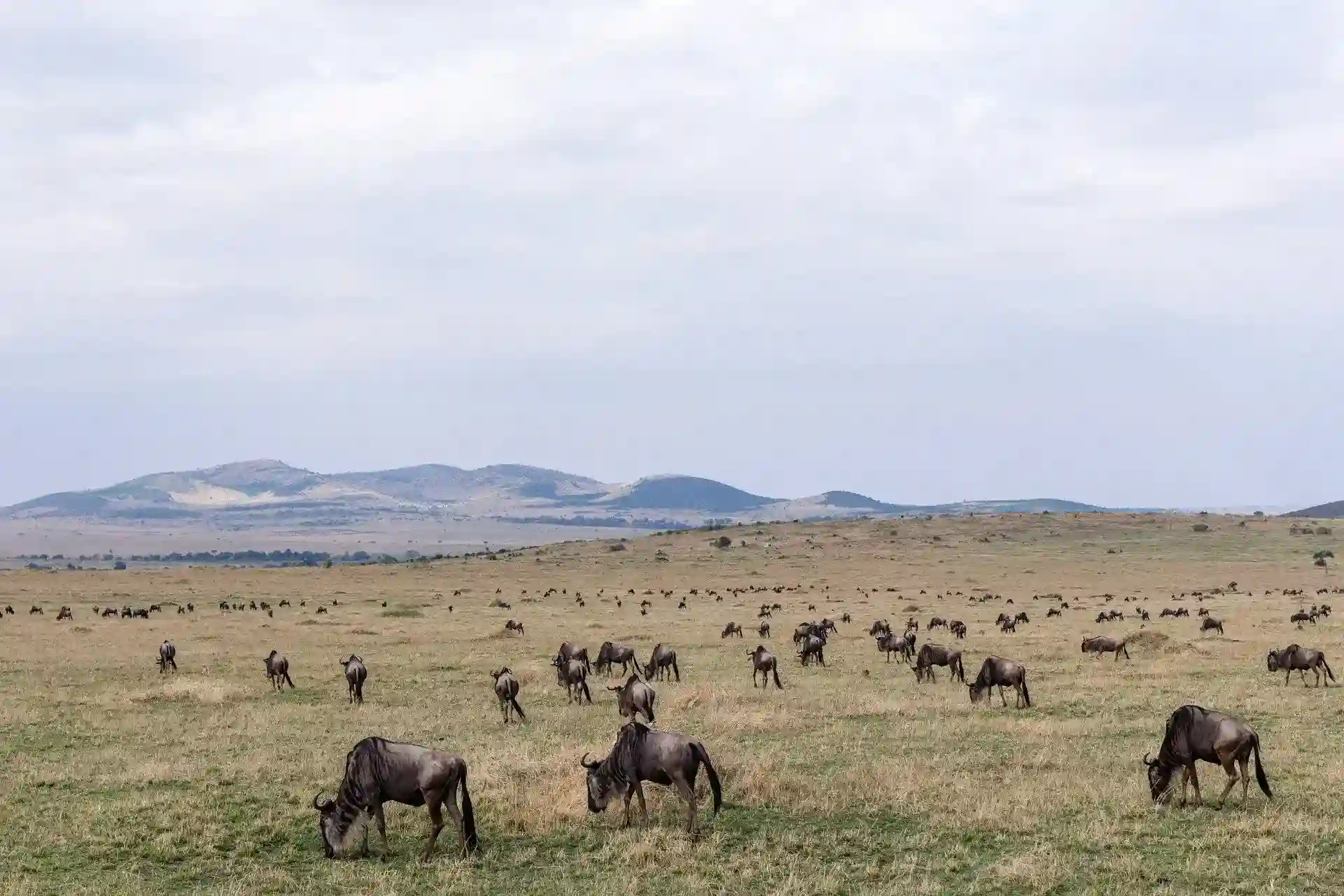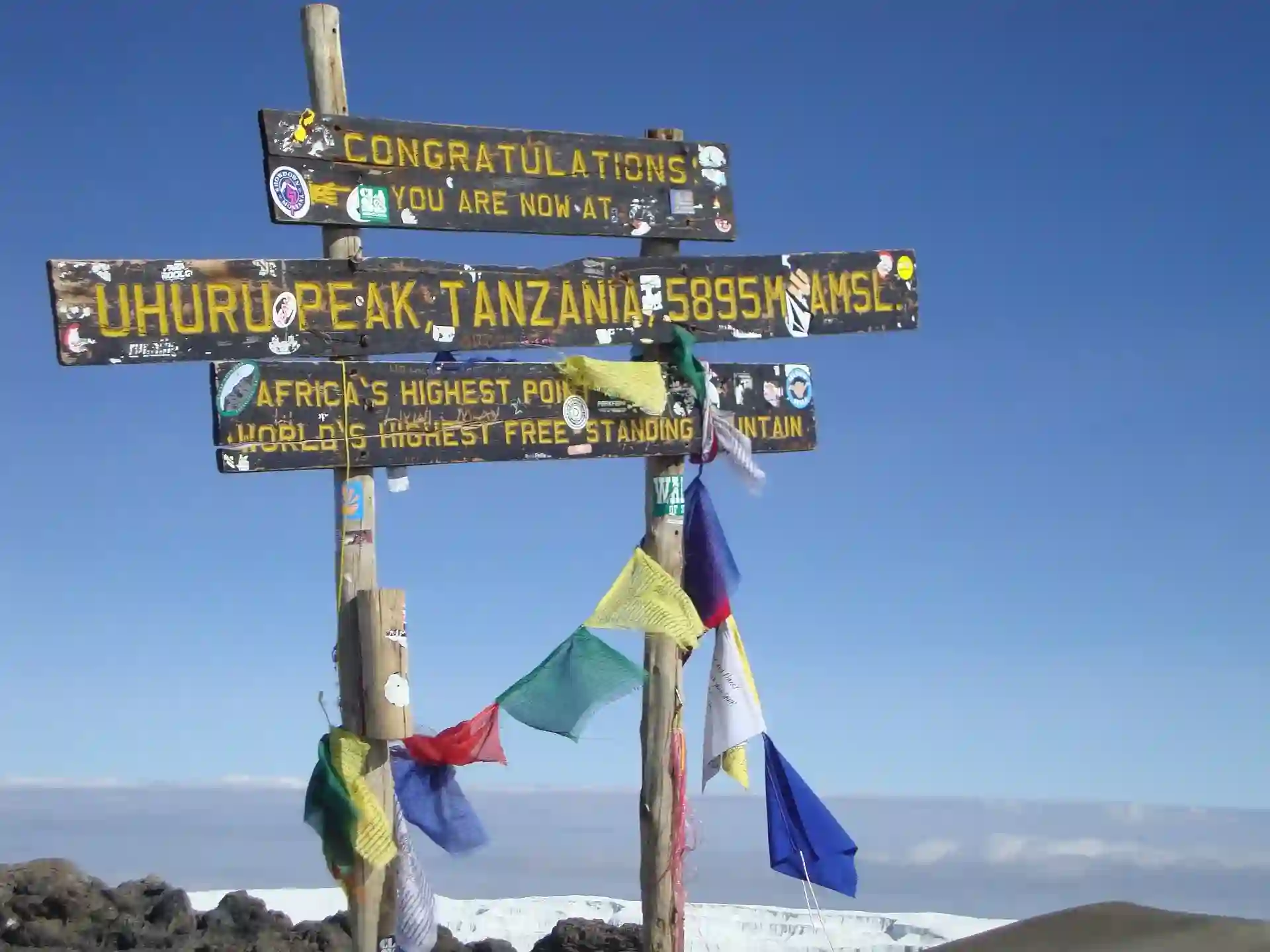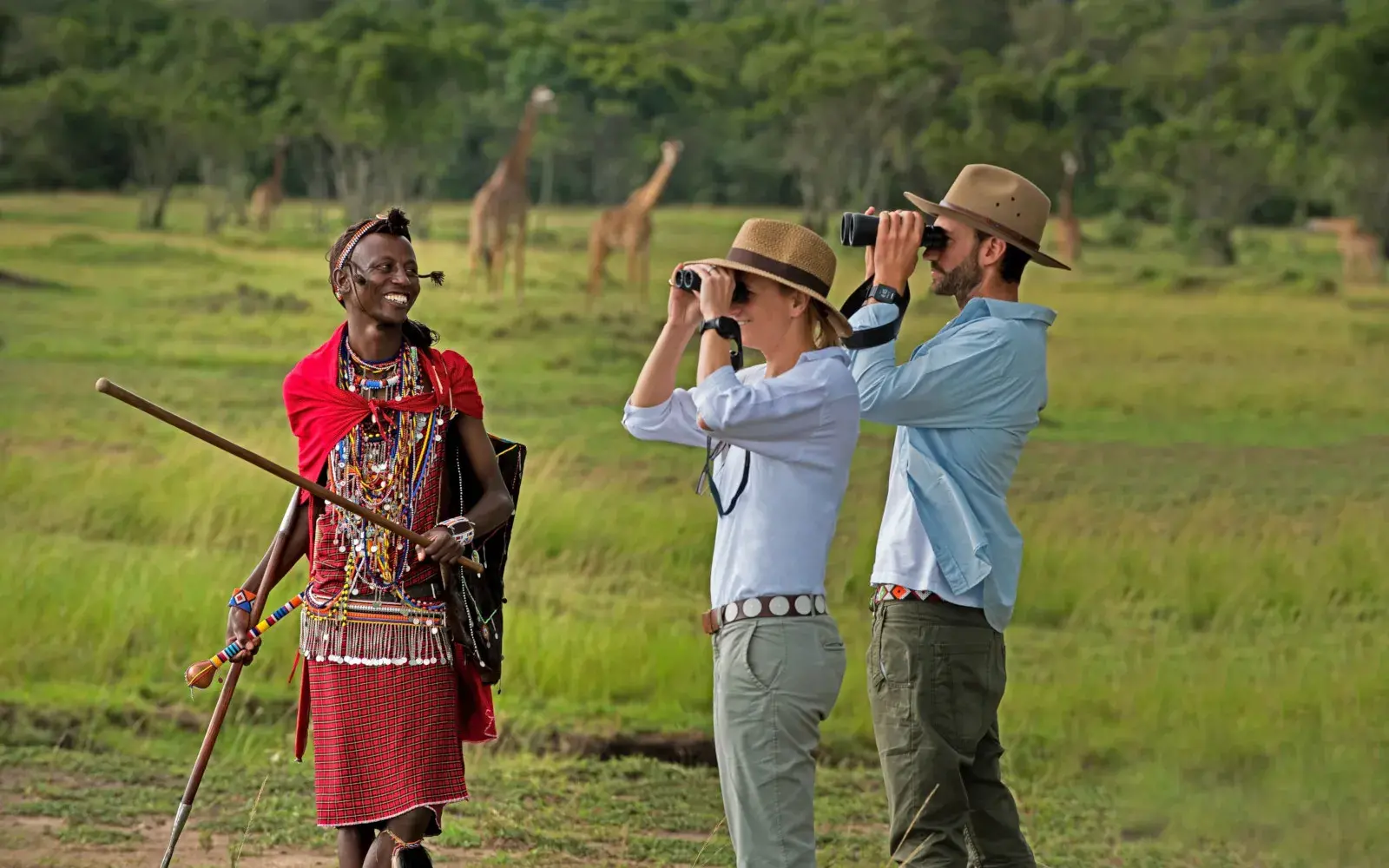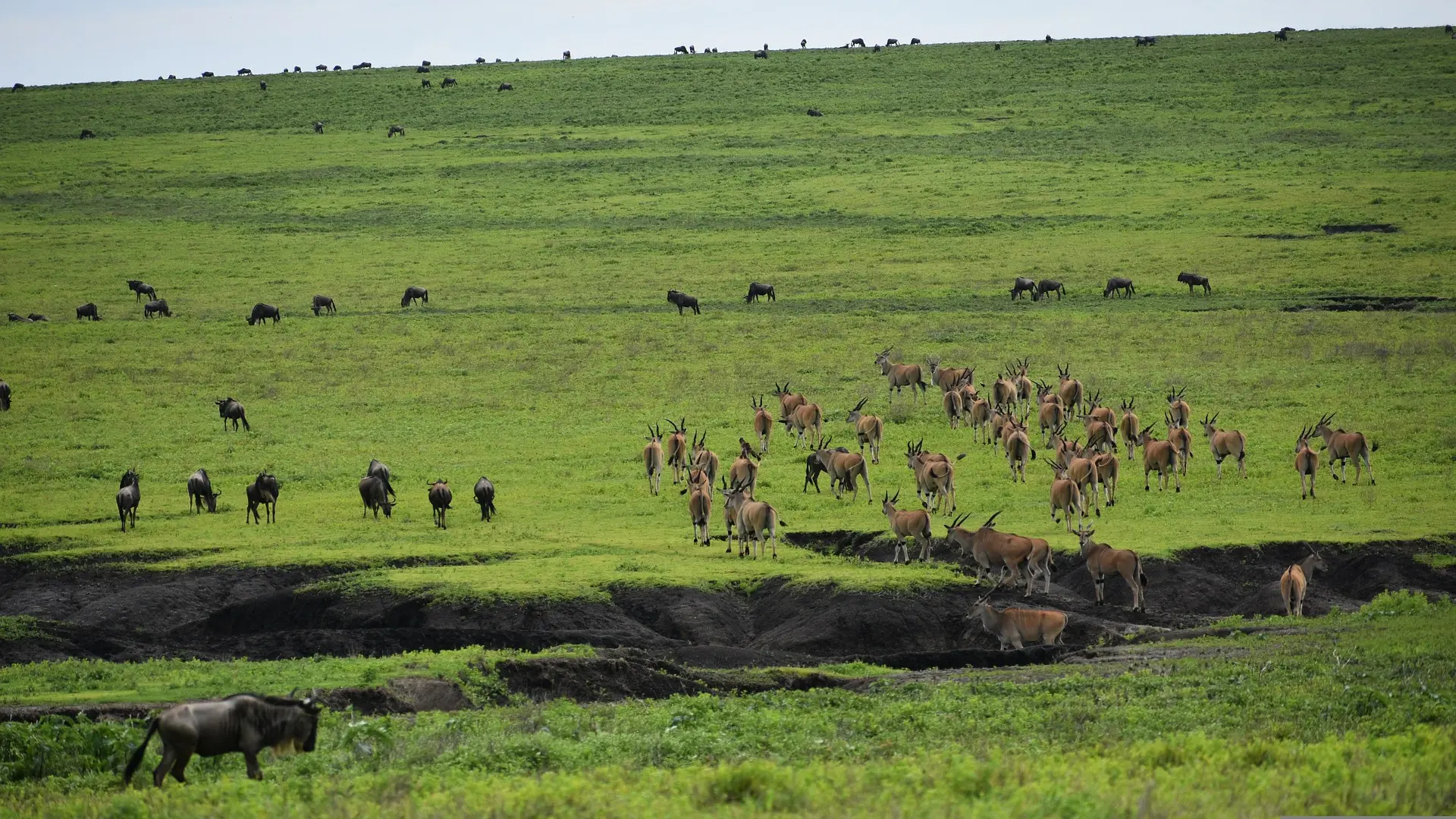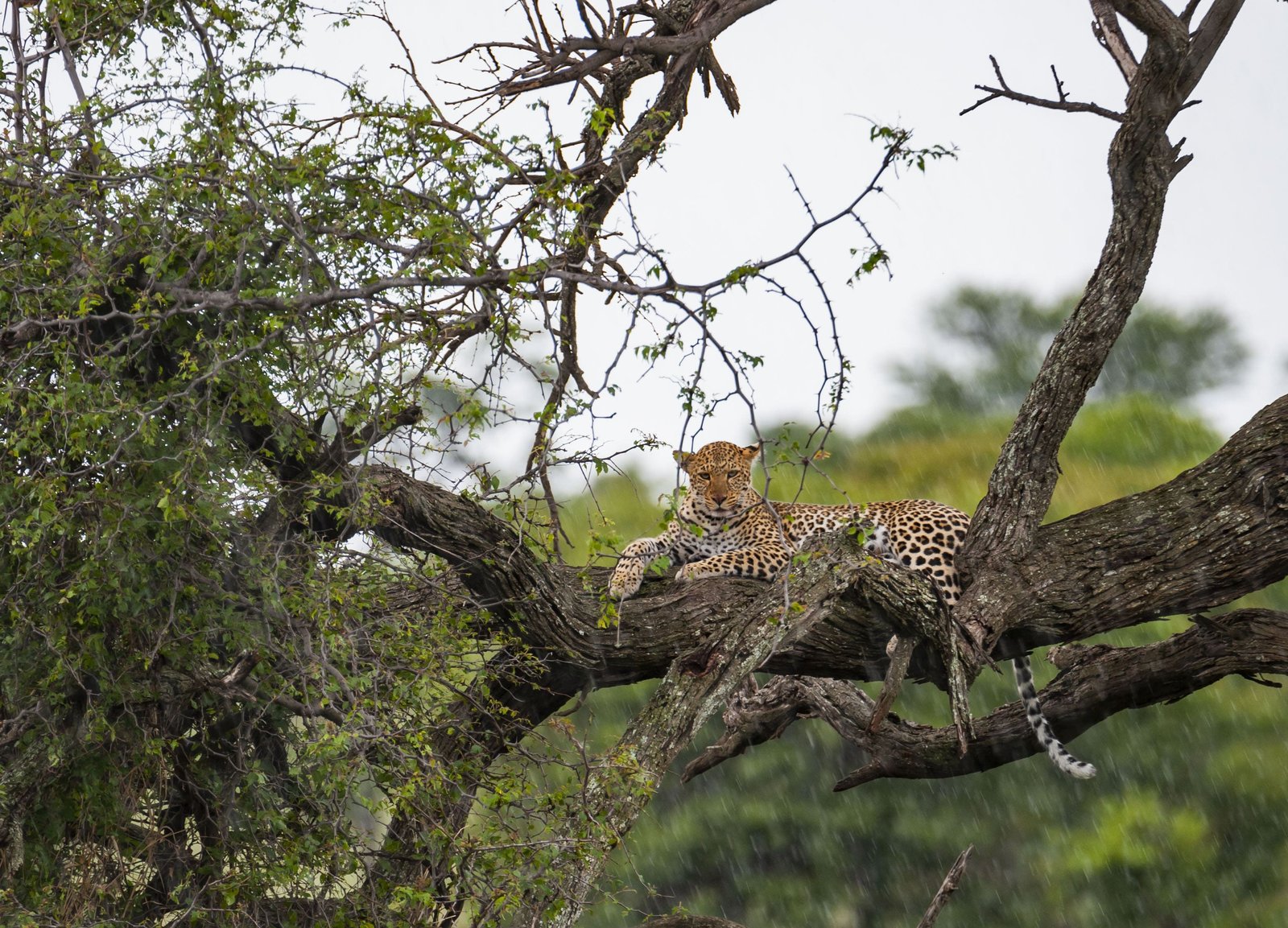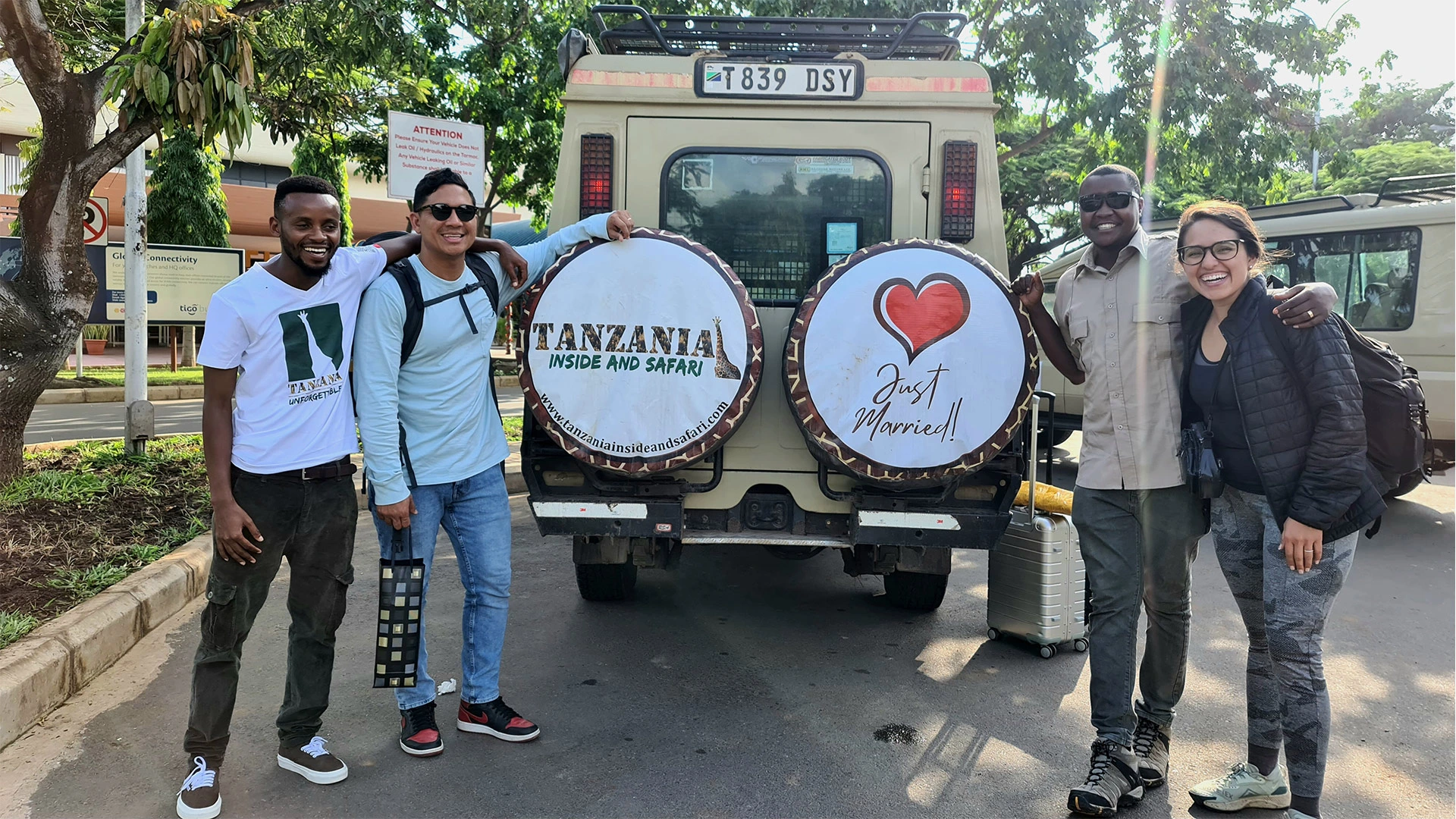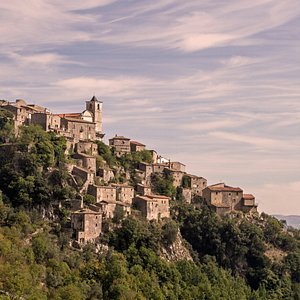
Nyerere National Park: Tanzania's Southern Wilderness Jewel
Venture into the vast and untamed heart of southern Tanzania and you'll discover Nyerere National Park, a colossal protected area teeming with wildlife and raw natural beauty. Formerly the northern sector of the Selous Game Reserve, Nyerere stands as Tanzania's largest national park, offering an unparalleled safari experience characterized by its immense scale, diverse ecosystems, and the life-giving Rufiji River.
Introduction
Nyerere National Park is more than just a park; it's an expansive wilderness where the rhythms of nature play out on a grand scale. The mighty Rufiji River, East Africa's largest river, snakes through its heart, creating a network of waterways, swamps, and riverine forests that support an astonishing array of life. This is a land of dramatic landscapes, from open miombo woodlands and rolling hills to the intricate waterways that define its character. For those seeking an authentic and immersive African adventure, Nyerere promises an unforgettable journey into the wild.
Location
Located in southeastern Tanzania, Nyerere National Park encompasses a significant portion of the former Selous Game Reserve. Its proximity to Dar es Salaam makes it relatively accessible compared to some other southern parks, yet it retains a sense of remote wilderness.
Getting There
- By Air: The most common and convenient way to reach Nyerere is by domestic flight from Dar es Salaam or Zanzibar to one of the park's several airstrips (e.g., Mtemere, Siwandu, Matambwe).
- By Road: While possible, reaching Nyerere by road from Dar es Salaam is a long and often challenging journey, typically taking several hours. It's usually undertaken as part of longer overland safaris.
Best Time to Visit
The dry season (June to October) is generally considered the best time for wildlife viewing in Nyerere. During this period, animals congregate around the Rufiji River and its associated water sources, making sightings more frequent. The cooler temperatures also make for more comfortable exploration.
- Dry Season (June - October): Pleasant temperatures, less dense vegetation, and concentrated wildlife around water.
- Shoulder Seasons (May & November): Can offer good wildlife viewing with fewer crowds, but be prepared for potential rain.
- Wet Season (December - April): Lush and green, excellent for birdwatching, but some areas may be less accessible, and wildlife can be more dispersed.
Attractions
- The Rufiji River System: The lifeblood of the park, offering incredible opportunities for boat safaris and witnessing wildlife along its banks.
- Large Elephant Populations: Nyerere is home to a significant elephant population, often seen drinking and bathing in the river.
- Wild Dog Encounters: The park is a stronghold for the endangered African wild dog, with good chances of spotting these fascinating predators.
- Lion Prides: Healthy lion populations thrive in Nyerere, often seen along the riverbanks or resting in the shade.
- Diverse Wildlife: Expect to see a wide variety of animals, including buffalo, giraffe, zebra, various antelope species (such as sable, roan, and Lichtenstein's hartebeest), and the elusive leopard.
- Abundant Birdlife: Nyerere boasts an impressive array of bird species, particularly waterbirds and raptors, making it a birder's paradise.
- Selous Game Reserve's Legacy: Explore the vast landscapes and diverse ecosystems that were once part of Africa's largest game reserve.
- Hot Springs: Discover natural hot springs within the park, offering a unique geological feature.
- Lake Tagalala: A scenic lake within the park known for its hippo and crocodile populations.
What Makes It Famous
- Tanzania's Largest National Park: Its sheer size offers a truly expansive wilderness experience.
- The Rufiji River: The iconic river system provides a unique safari dimension with boat safaris.
- Significant Wild Dog Population: Nyerere is a crucial area for the conservation of this endangered species.
- Untouched and Remote Feel: Despite its size, much of Nyerere remains relatively undeveloped, offering a genuine sense of adventure.
- Diverse Ecosystems: From riverine forests to miombo woodlands, the park showcases a wide range of habitats.
Nyerere National Park offers a safari experience on a grand scale. Its vastness, the iconic Rufiji River, and its healthy populations of iconic African wildlife, including the endangered wild dog, make it a compelling destination for those seeking an authentic and immersive journey into Tanzania's southern wilderness. It's a place where the wild heart of Africa beats strong and offers a true escape into nature's grandeur.


